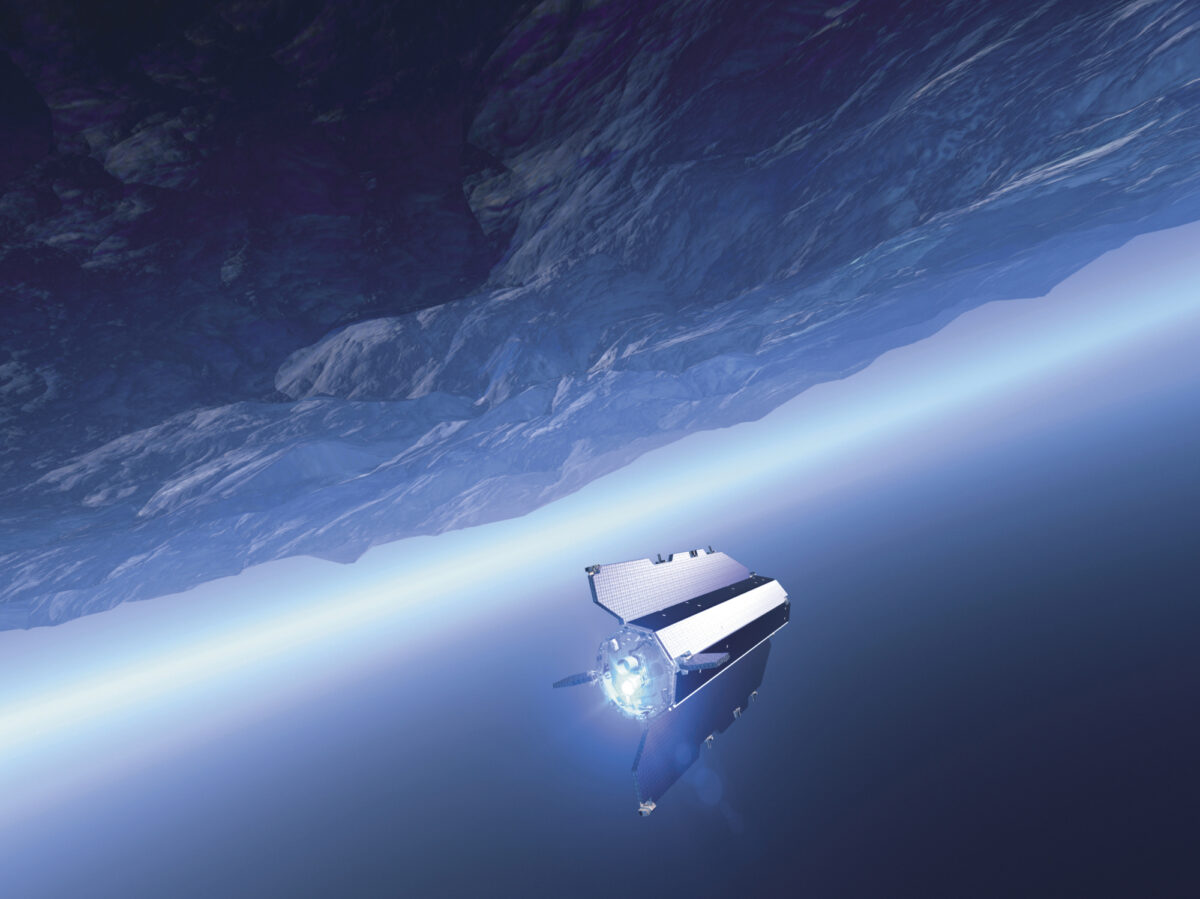Half a million objects, including debris, satellites, and the International Space Station, orbit Earth in the thermosphere, the largest layer of the planet’s atmosphere. To predict the orbits—and potential collisions—of all this stuff, scientists must forecast the weather in the thermosphere. To help develop a more comprehensive and nuanced model of this weather, Zhang et al. explored the role that lunar atmospheric tides play in the density of thermosphere air.
The team looked at data from the Gravity Field and Steady-State Ocean Circulation Explorer (GOCE), which circled the planet in the middle of the thermosphere for 1700 days. Changes in the acceleration of the satellite revealed changes in the density of the air it flew through. The team subtracted the changes that were related to fluctuations in Earth’s magnetic field; they were left with those due to the gravitational effects of the Moon on the thermosphere.
The effects of lunar tides on GOCE were both modest and predictable, the authors explain. Within a cycle of just less than 15 days, the effect of lunar tides on GOCE’s drag reached two minima and two maxima of plus or minus 7%. Satellites taking different paths around the planet—circling over the poles, around the equator, or any route in between—will experience different levels of lunar-induced drag. Incorporating these results in current atmospheric models can refine the accuracy of orbital predictions, the authors say, thus keeping satellites and space junk on separate paths. (Space Weather, doi:10.1002/2014SW001079, 2014)
—Shannon Palus, Writer
© 2014. American Geophysical Union. All rights reserved.
© 2014. American Geophysical Union. All rights reserved.

